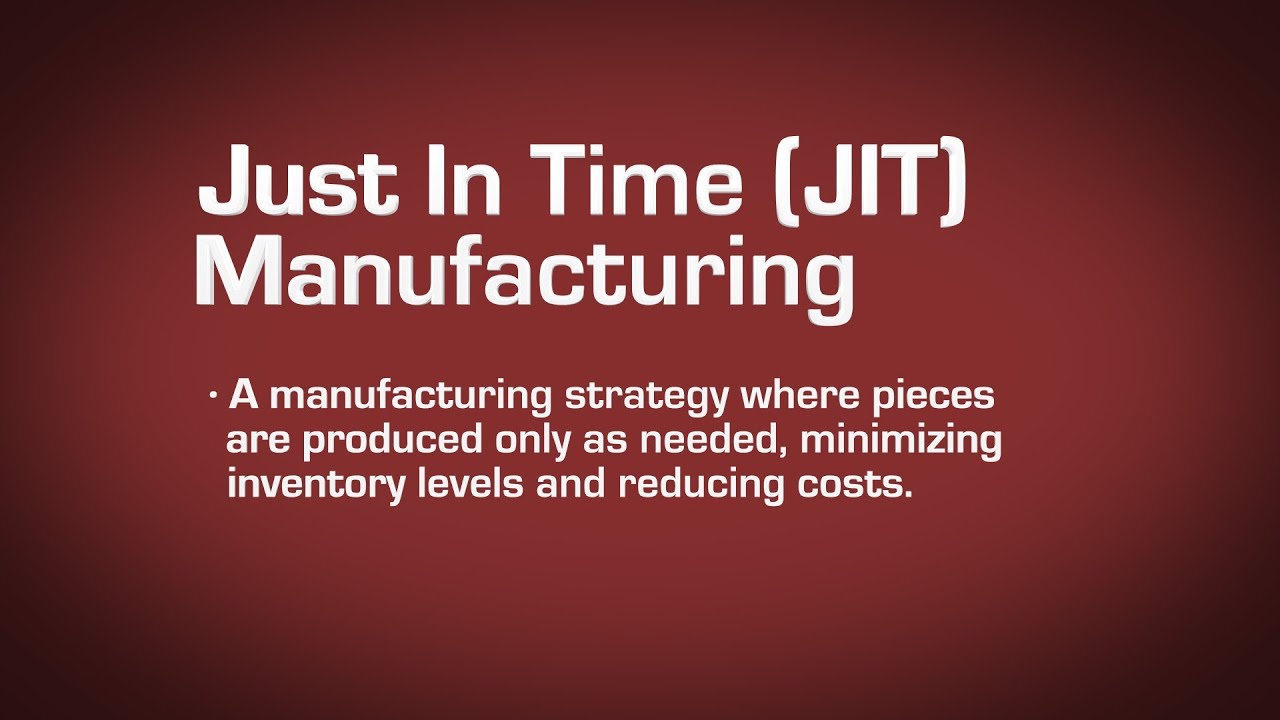Introduction to process mining and modeling for business analysts

Introduction to process mining and modeling for business analysts - Process modeling is an essential part of any business analyst’s job used by business managers to understand operational procedures. And plan for performance improvement.
They are often a communication tool between business and IT teams when discussing system changes and upgrades. The problem, however, is that these models are almost always incomplete, inaccurate. Or inaccurate because they show only a humane interpretation of what the process does. Or what the related systems were originally developed to do.
They do not show what the process really is or how it deviates from the best practices. Process mining, on the other hand, directly records the actual process behavior based on the log files of the systems that individuals use to do the work. And transforms tacit knowledge into explicit knowledge. This article examines the complementary nature of process mining and process modeling as important tools. And techniques for accelerating analytical efforts.
Analytical techniques in process discovery and improvement, including process mining and simulation, have been available for many years. In the past, however, they were mostly used by people with a technical analytical background.
The current business environment and technological advances have pushed these analytical tools to the mainstream. Where they are recognized as a necessity for all levels of business analysts.
What necessitates analytical techniques in process improvement?
Although we tend to attribute all business and technology changes in this period to the Covid-19 epidemic, many complex factors are involved in this move toward analytical techniques to improve the process.
Read Also: Why aren’t everyone successful in social media marketing?
The work has become more automated
Many business processes are fully supported by computer platforms, although they can involve multiple systems in a single process. Some are automated and non-automated steps are delivered to the employee using technology platforms.
This means that most of the activities in these processes are somehow recorded by a system and create a document of the work done between people and the work that is done at each stage.
The work has become more changeable
The corona epidemic forced many businesses to change their business models and rebuild their disrupted supply chains. But this was due to globalization and competition. New shrewd competitors are creating business models that challenge current incumbents with the ability to frequently change their processes and supply chains to adapt to changing circumstances.
More work is distributed
Processes have changed dramatically, supply chains have been severed. And many processes now involve employees distributed across multiple locations. This is partly due to the Corona epidemic, which forces remote work and the closure of physical facilities.
And partly due to globalization and the need for flexible supply chains to present business models. A single process that used to take place in an office may now have participants across the country or even around the world. And managing these distributed processes requires more coordination and oversight.
The work has become more complicated
With more automation, ever-changing processes, and wider geographic distribution, an end-to-end core business process can be far more complex and far-reaching than people can comprehend.
Static process documentation based on manual data collection does not reflect the current situation. Or be useful for process improvement. In addition, manual analysis methods such as Job Shadowing and face-to-face interviews with a distributed workforce are problematic.
Business analysts have traditionally used these techniques to discover and document processes. But this is often not possible with employees in multiple geographical locations, exacerbated by epidemic restrictions on personal interaction.
Read Also: Psychological division in marketing
In short, today’s business processes cannot be properly analyzed. And refined using traditional manual methods alone: Semi-automated analytical methods, including process mining and simulation, must be combined with manual methods to obtain a complete picture.
Differences between What-if and As-is process modeling techniques - Introduction to process mining and modeling for business analysts
Process modeling is an essential part of any business analyst’s work used by business managers to understand operational procedures and plan for performance improvement. They are often a communication tool between business and IT teams when discussing system changes and upgrades.
The problem, however, is that these models are almost always incomplete, inaccurate, or inaccurate because they show only a humane interpretation of what the process does. Or what the related systems were originally developed to do. They do not show what the process really is or how it deviates from the best practices.
Conclusion
With today’s highly complex and unstable processes, organizations need much more analytical power to understand how their business operates and how they can improve it. These processes are very complex to analyze using manual methods alone.
And business analysts must use data-based analytical methods such as process mining in combination with manual methods to obtain the best results.
Having data-driven analytics as part of business process analytics also allows business architects to determine goal traceability and provides managers with a rich set of information for operational decisions.





One Comment